See Part II to learn about the Bee Line’s financing dilemma – the loss of control to the Cleveland Clique and Wall Street.
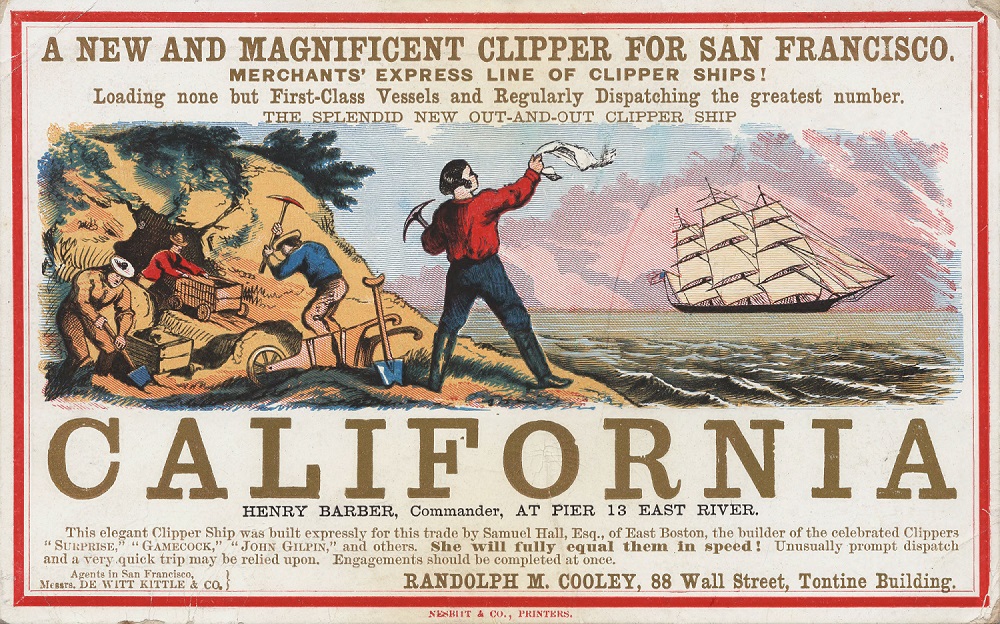
Gold! In January 1848 gold was discovered at Sutter’s Mill in California. The Gold Rush had begun. And with it, the nation turned its gaze to the West.
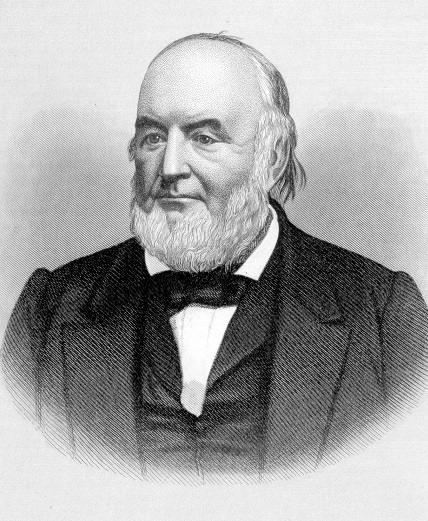
The Bee Line and other Midwest railroads would also reset their goals – to reach Chicago or St. Louis: Gateway to the West. And for John Brough, president of the Madison and Indianapolis Railroad [M&I], the prospects were particularly tantalizing. While he had already begun to implement a strategy to extend the M&I’s control to the potentially lucrative Indianapolis and Bellefontiane Railroad [I&B] building toward the Ohio state line, the thought of constructing and controlling a line to St. Louis was pure gold.
![Midwest Railroads Map, circa 1860, showing the Madison and Indianapolis [M&I], Terre Haute and Richmond [TH&R], and component roads of the Bee Line: Cleveland, Columbus and Cincinnati [CC&C]; Bellefontaine and Indiana [B&I]; Indianapolis and Bellefontaine](http://blog.history.in.gov/wp-content/uploads/2017/02/Midwest-Railroads-Map-c1860.png)
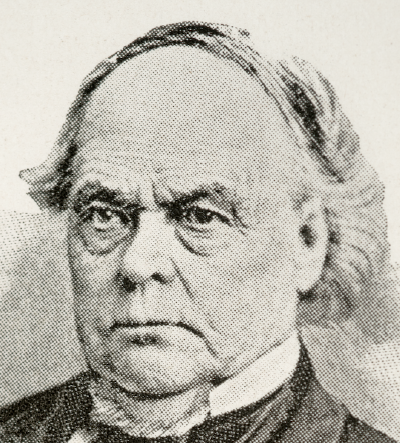
John Brough’s strategic and financial needs were more immediate, as the M&I’s business calculus began to wane. One of Brough’s peers on the Indianapolis Union Station’s Indianapolis Union Railway board, Chauncey Rose of Terre Haute, had already assembled a circle of businessmen from Indiana’s largest town west of Indianapolis. In 1847, along with Rose’s New York-based financier brother John, they had gathered the funds necessary to construct the first leg west from Indianapolis toward St. Louis: the Terre Haute and Richmond Rail Road [TH&R]. It would be renamed the Terre Haute and Indianapolis Railroad [TH&I] by 1865, to more accurately reflect its final route.
Importantly, the Rose brothers also insured the Terre Haute circle would retain substantial financial control in spite of tapping into the newly available public markets of Wall Street. They would control their own financial destiny, unlike nearly all other Midwest railroads, until well into the 1870s. On February 14, 1852 the first train completed the entire seventy-three mile trip to Indianapolis. The line proved to be the juggernaut for rail travel to St. Louis and the West via Indianapolis.
![Railroads west from Indiana, including the Terre Haute and Richmond [TH&R], Ohio and Mississippi [O&M], Mississippi and Atlantic [M&A], and St. Louis, Alton and Terre Haute [StLA&TH]](http://blog.history.in.gov/wp-content/uploads/2017/02/Railroads-West.png)
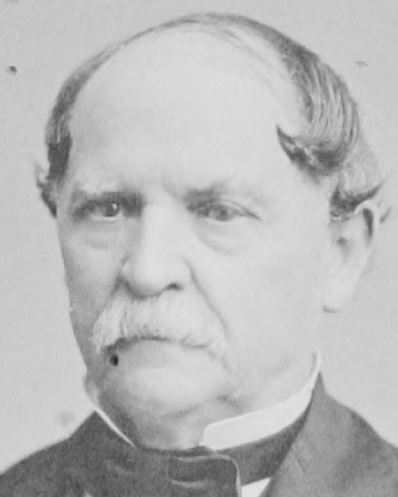
Brough’s venturesome efforts to reach St. Louis did not go unnoticed by the Cleveland Clique. It comported with the Clique’s and Henry B. Payne‘s (then president of the CC&C) vision for reaching and controlling lines to the West. And since Winslow, Lanier & Co. and the Cleveland Clique were already digging their financial talons into the two Bellefontaine lines that would soon carry the publicly-dubbed Bee Line moniker, the collective financial support for Brough’s effort was assured. Along with Brough’s M&I, the component Bee Line roads anted up several hundreds of thousands of dollars in spite of the tenuous financial footing of all except the CC&C – courtesy of the Clique’s urging and Lanier’s financial wizardry or skullduggery.
But Brough was having other problems. As the M&I revenue picture darkened, the I&B’s brightened. Now connected with the Bellefontaine and Indiana [B&I] and CC&C to reach Cleveland, the I&B’s passenger and freight revenue per mile spiked during the first year of through service in 1853. In addition, new traffic carried between Indianapolis and Cincinnati – via a connection at the increasingly critical junction town of Union – translated into booming business along the band of steel known as the I&B.

Even before the I&B reached Union, however, the M&I was having trouble meeting its obligations under the five year operating contract the two had inked in 1850. The M&I’s inability to supply and maintain a sufficient number of locomotives and cars capable of handling the increasing traffic across the partially completed I&B was obvious. By the summer of 1852, I&B president Oliver H. Smith had initiated a series of discussions with Brough to recast the arrangement. Brough’s stance was adamant, as Smith reported: “They [M&I] claimed by resolve to run the whole Road for the time specified.” But Brough’s ego did not reflect the reality of his situation.

At the same time, Smith approached the I&B board with specific proposals to purchase additional rolling stock and motive power equipment. He also proposed building machine shops, an engine house and depot buildings. Smith mapped out a game plan to finance the expansion. It would require selling stock and/or floating $150,000 of bonds on Wall Street. Board member Calvin Fletcher reflected the Hoosier Partisans’ growing concern about Smith: “It was doubted by myself & others whether the Embassader [sic] intended had the qualifications to act in the matter.” Newly dominant shareholders Daniel Yandes and Alfred Harrison would handle the funding question.
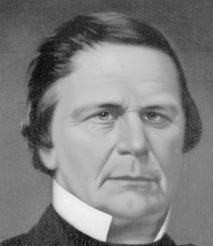
Things were coming to a head on many fronts. At the I&B board meeting in February 1853 a resolution was passed to terminate the M&I operating agreement effective May 1st, more than two years earlier than anticipated. The M&I and Brough were becoming an afterthought.
Then, in March, Oliver Smith challenged the I&B board to endorse his continued presidency. Given his intransigence on moving the Indianapolis depot closer to the new Union Station – for personal business reasons – Smith’s demand fell on deaf ears. Waxing eloquent, Calvin Fletcher penned a response on behalf of the Hoosier Partisans: “We have no doubt, from your standing in this country . . . that you can do for yourself and the country much better than to remain the President of the said Road.” Smith would resign the presidency on April 6th.
On hearing of the I&B’s bold move to terminate its operating contract with the M&I, Brough was beside himself. As May 1st arrived, Fletcher was concerned, noting “Did not sleep very well having been notified that the M&I would not permit the I&B to have possession & that they would defend with force & arms.” Fortunately, cooler heads prevailed during daylong meetings between Brough, Yandes, Harrison and Fletcher. The next day the operating contract was dissolved.
![image of The Madison and Indianapolis Railroad [M&I] and involved roads: the Peru and Indianapolis Railroad [P&I], extending north from Indianapolis, and the Mississippi and Atlantic Railroad [M&A], extending west to St. Louis. Terre Haute and Richmond [TH&R]](http://blog.history.in.gov/wp-content/uploads/2017/02/MI.png)
Still, the prospect of Brough’s push to St. Louis seemed all but certain. Winslow, Lanier & Co. had successfully attracted adequate funds to begin letting construction contracts. The Mississippi and Atlantic Railroad [M&A] had overcome political obstacles thrown in its path by an alliance of Chicago and Mississippi River town interests. They much preferred a route to a smaller river town, on Illinois turf, just north of St. Louis. Much like Indiana’s push to establish Madison as its improbable center of commerce on the Ohio River, against all odds Illinois opted to create Alton as its alternative to St. Louis along the Mississippi River.
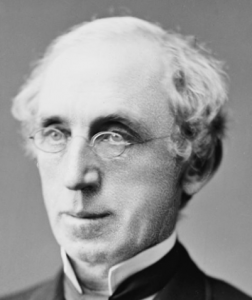
To the Cleveland Clique and CC&C president Henry B. Payne, Brough’s progress in establishing and constructing a direct line to St. Louis, in the form of the M&A, was a dream come true. Controlling this line as well as the Bee Line would solidify the Clique’s plan for the West. And, as his tenure at the M&I grew tenuous, Brough would find Payne’s forthcoming offer incredibly attractive.
To the shock of the Hoosier Partisans, Brough was elected president at the I&B’s annual meeting on June 30, 1853. He was now at the head of three roads simultaneously: the M&I, M&A and I&B. Fletcher’s observations on Brough’s election summed up the feelings of the Hoosier Partisans: “In order to carry out the design we had to take Mr. Brough as president who had acted for the Madison RR . . . where interest . . . adverse to the I&B created a hostility to him. But it was obvious that we had to forgo the objection & take him.” It was not an easy pill to swallow for the Hoosier Partisans.
While it may not have been obvious at that point, the Hoosier Partisans’ decision to accept funding from the CC&C and Winslow, Lanier & Co. – let alone seeking counsel from the Cleveland Clique – would be fraught with long-term consequences.
Check back for Part IV to learn more about the fate of the Mississippi and Atlantic Railroad, and the related destiny of John Brough with the Bee Line – under influence of the Cleveland Clique.
